Uzhhorod, the administrative capital of Zakarpattia, has a long and fascinating history, much of which can be found visibly today. I will go through some notable buildings and features that tell the story of this city, which borders Slovakia
For much of its history, the city was under Austro-Hungarian rule, and it was referred to as Ungvar. The name appears to be derived from the Proto-Slavic word “Uzh”, meaning snake, as the river curves like a snake. So the original name is Slavic, and was Hungarianised.
Under Austro-Hungary, the city was quite small. Most of the city was on the northern side of the river. The most notable building is the castle, which has had its fair share of rulers and inhabitants, mostly Habsburgs.
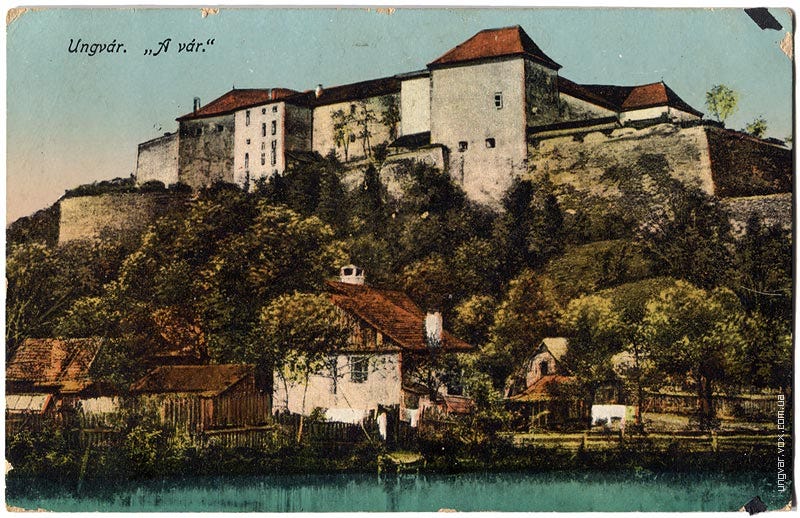
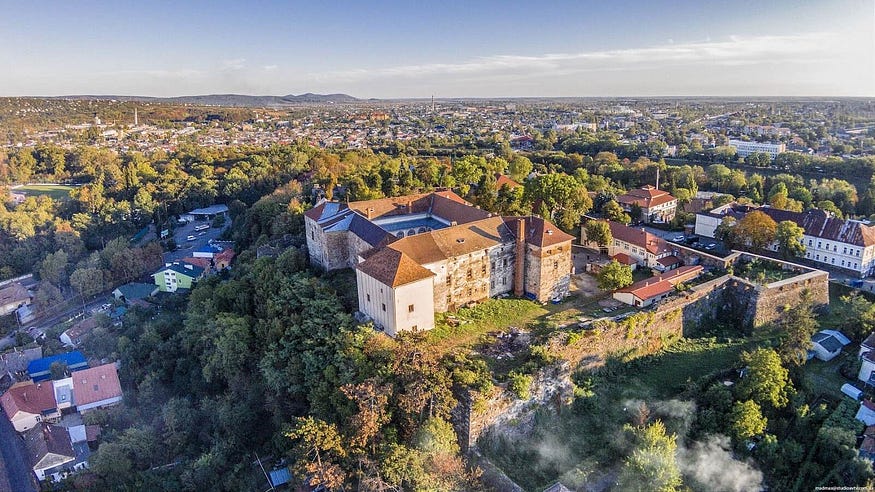
Strategically located on a hill, and once with a moat (which is now mostly roads), it had the height to identify any invading armies or threats. The last attempted siege was in 1703–04, during Francis II Rákóczi’s rebellion against the Habsburgs. Today, it is a mix of styles from the 13th to 18th century, and is home to a museum dedicated to the history of the castle and the region.
In 1646, a cathedral was built by Jesuits, and it became a Greek Catholic church in 1773, when the Jesuits were repressed. It is not far from the castle and there’s a nice plaza you can rest in nearby.
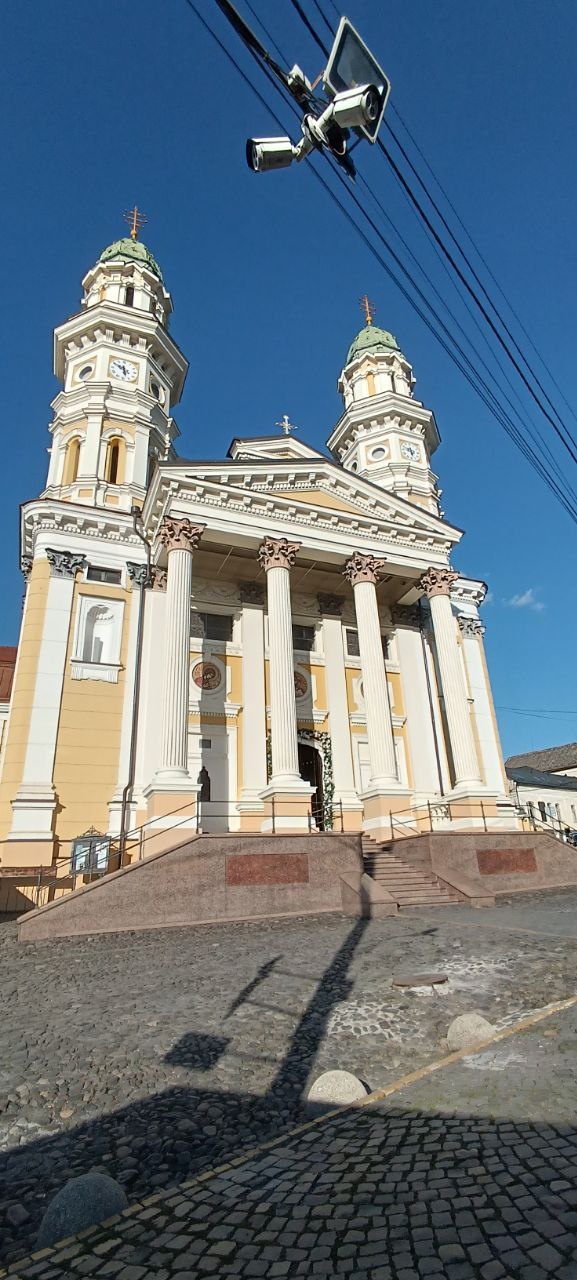
Another notable older religious institution is the Roman Catholic Church (rarer in Ukraine), built in the 17th century originally, but rebuilt a century later. This reflects the Roman Catholic influence in the region, as it is stronger here than in other parts of Ukraine.
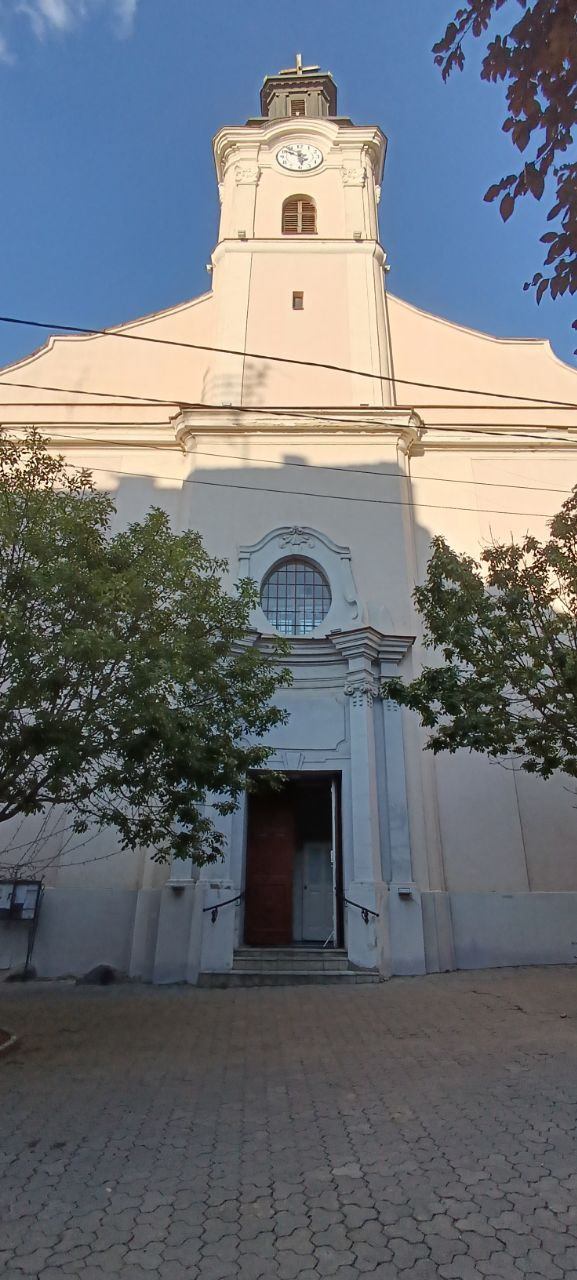
Another major building, overlooked by most tourists as it’s relatively unremarkable at first glance, is the furniture factory FMK. However, the original factory was even older, where they made Viennese chairs, and was part of the industry of the area on the edges of the empire. Later, the Soviets turned it into a plywood and furniture factory. I found out that one of my pieces of furniture in my flat is from this factory. Today, there are various small businesses there, a space for events, and a very old school soviet style canteen. Until quite recently, there was even a hammer and sickle on a stained glass window, now replaced with the Tryzub. I found an old CIA report about it from 1954.
There’s also a VERY soviet style canteen you can still visit for cheap food.
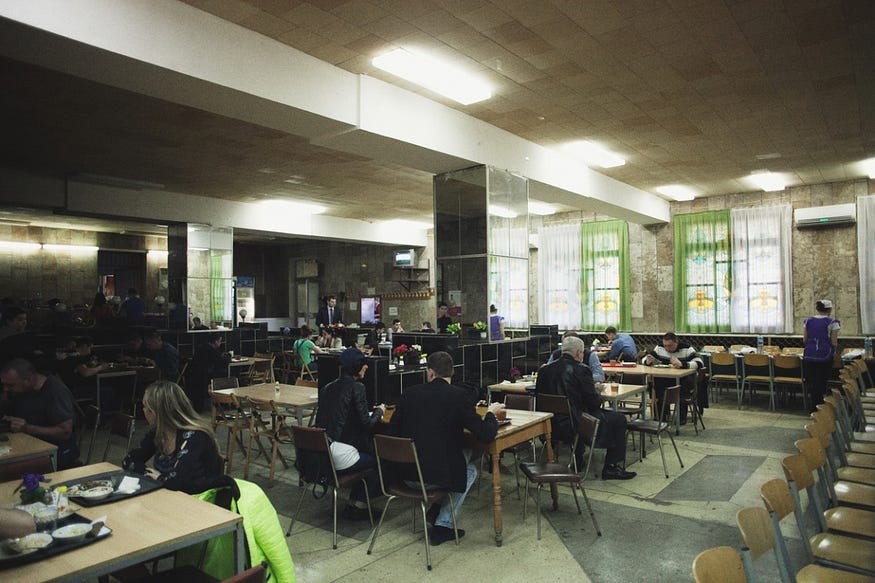
Certain Austro-Hungarian buildings remain in the centre. You can distinguish them from the other styles due to a more romantic, curved style, high ceilings, and general signs of aging. Such as this house:
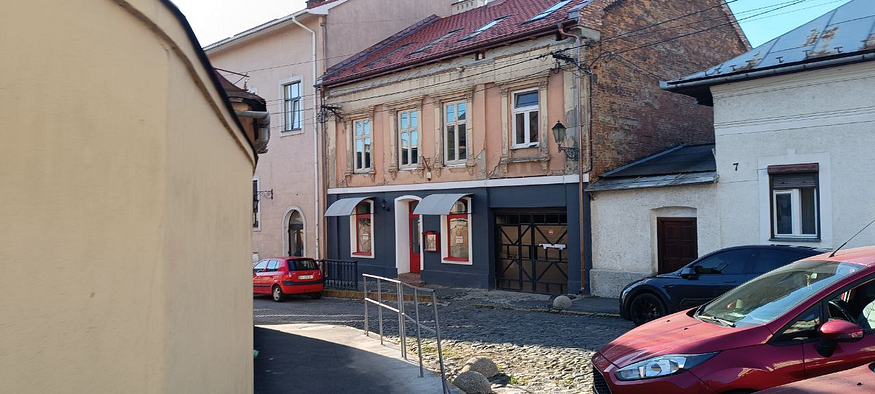
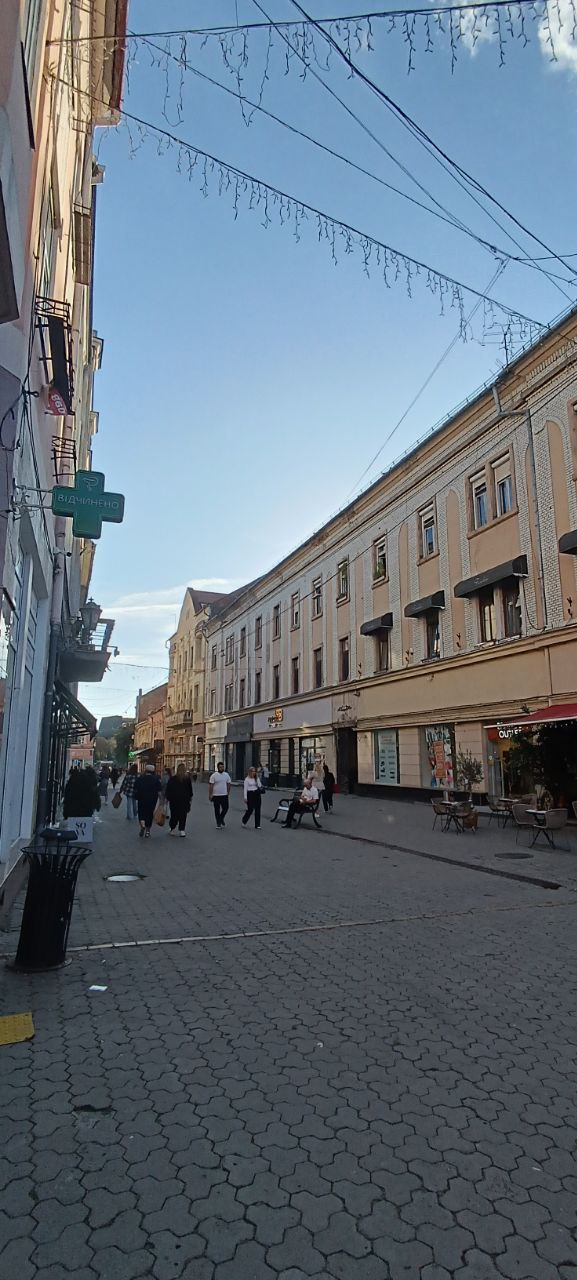
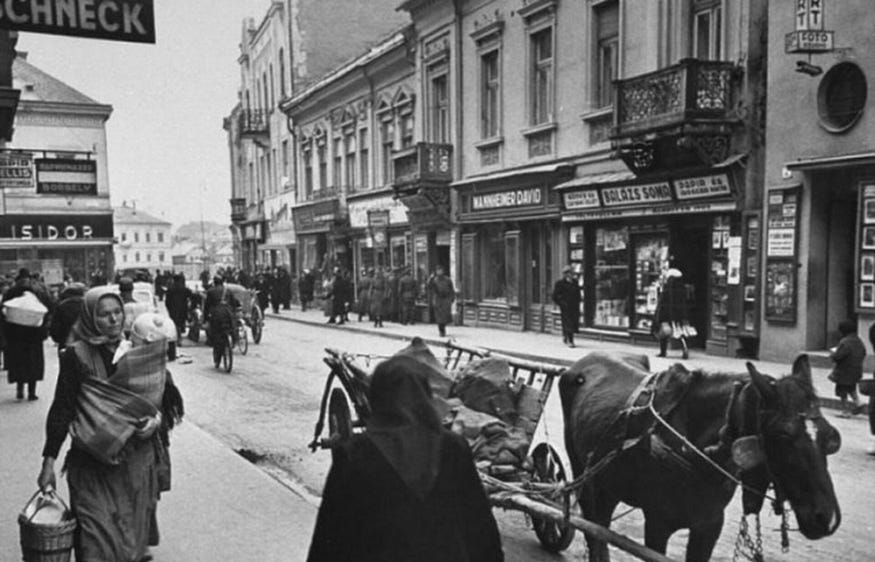
Of course we need to talk about the central street “Korzo” as its called in Zakarpattia. Here you can see in the old photos the blend of languages, and today, it hosts many buildings of different periods.
What is also very notable from this period is that there were two rivers in Uzhhorod, the main Uzh and “maly” Uzh (small Uzh), which created a sort of island in the centre and surrounded part of the castle. You can see here on this old photo:
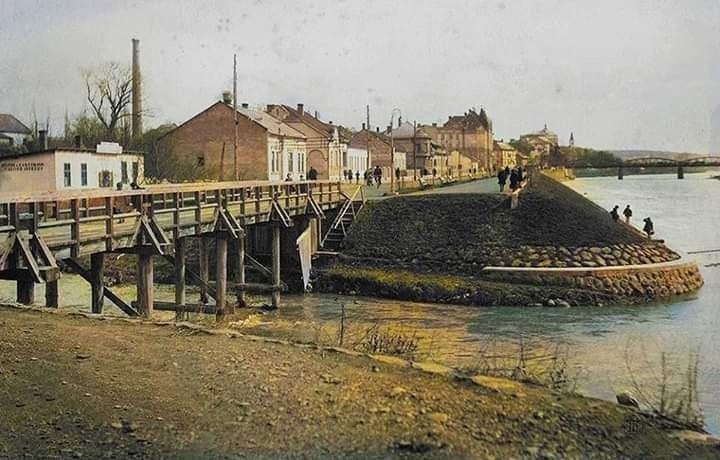
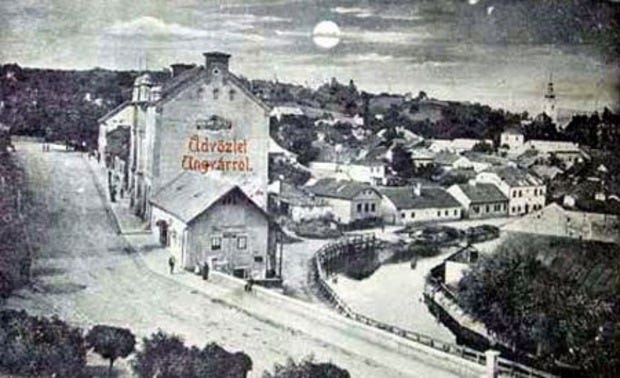
But today it is simply roads.
The main river was once much wider, as you can see when you look at the riverbank.
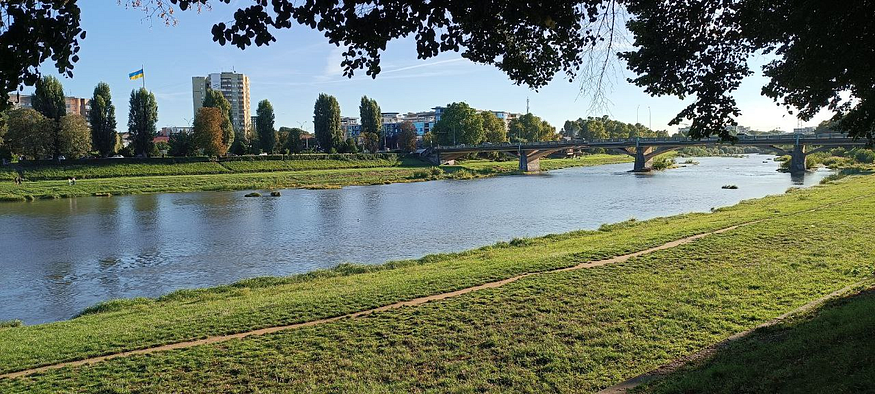
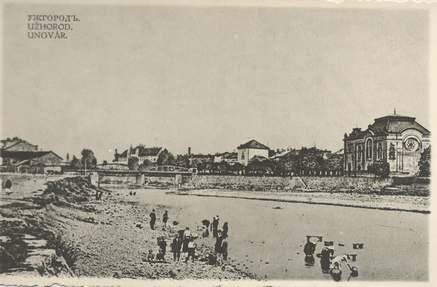
It was essential for shipping goods, such as the chairs, within the empire. There was a dam built upstream by the Czechoslovakians in 1934, reducing its level. It was to divert part of the water from the Uzh River to the 10-kilometre-long Nevytske-Uzhhorod derivation channel, where two mini-hydroelectric power plants were built. As a result, in the Summer it can get very low, so low you can walk across it and barely get anything more than your ankles wet in some places, and an island forms you can stand on comfortably.
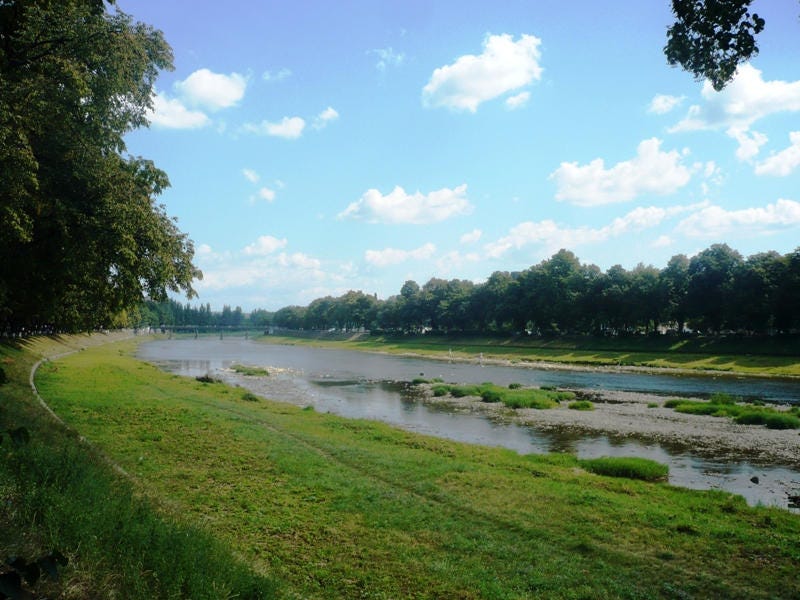
After World War I, the region became part of Czechoslovakia following the Treaty of Trianon. Czechoslovakia invested a lot into the infrastructure of the region, arguably the best period in terms of development (and hence why the memories of this period are happier compared to the Hungarian period, where the region was very deprived).
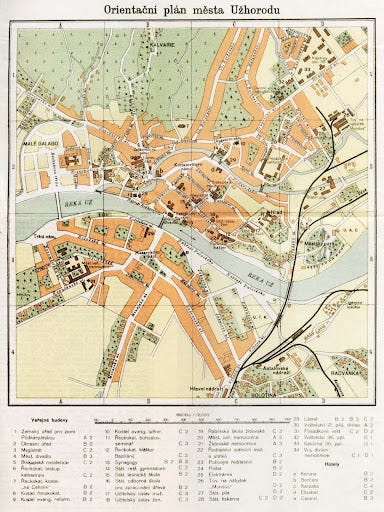
They drained the second river, built the dams, and invested significantly in new housing and districts. The architecture can be identified by more Art Deco style architecture than the Austro-Hungarian style, such as these buildings. The Czechoslovaks were also the first to build a university here, but then the Hungarians destroyed it, and the Soviets rebuilt.
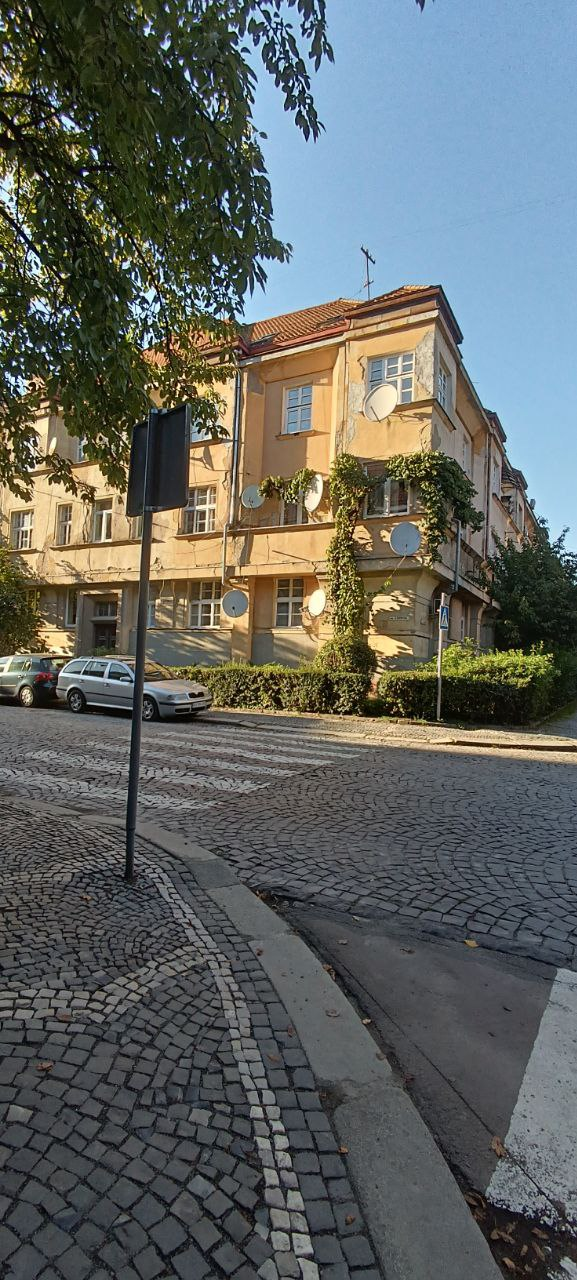
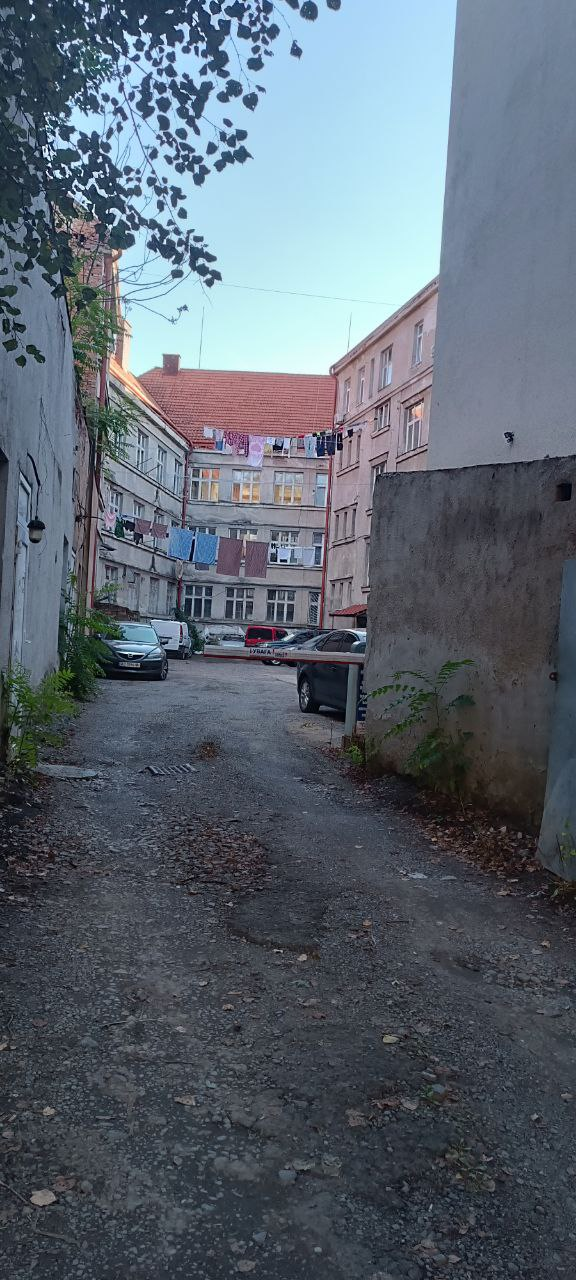
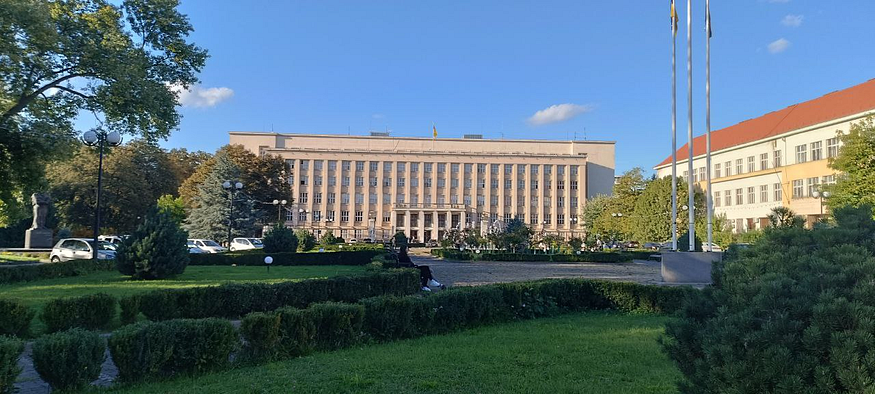
I should talk about the bridges. There are three main bridges inside Uzhhorod: a foot bridge, which was wooden until the great city flood of 1893, which destroyed it. Yet it was relatively quickly rebuilt as an iron bridge in 1896–1897.
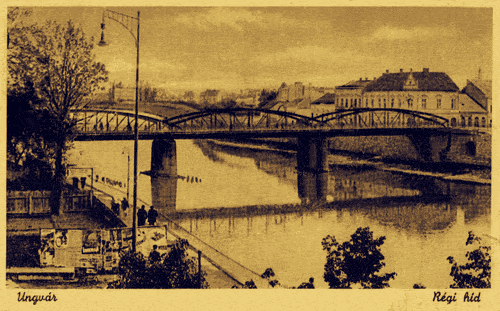
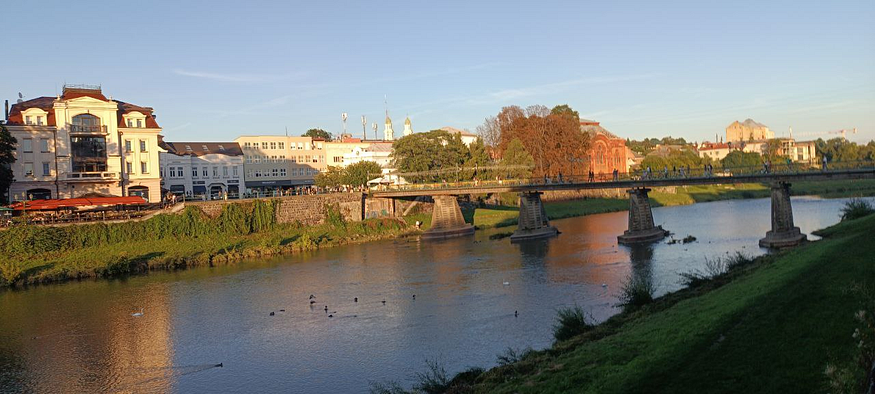
A traffic bridge further west, which I cannot find much about. Same as the furthest eastern bridge. Just bridges I guess.
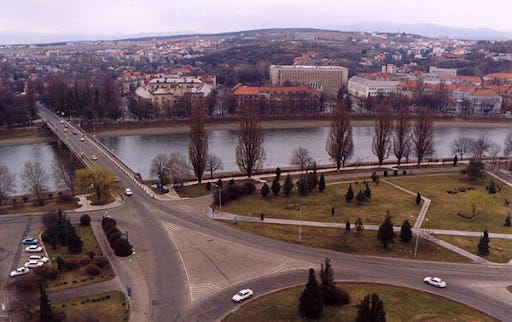
The Czechoslovaks developed one bridge to the east, named Tomas Masaryk Bridge (named after the first president), and later the Great Bridge after the Hungarians occupied the city after the short-lived Carpatho-Ukraine Republic. In World War 2, the only notable damage was in fact the bridges being blown up by Hungarian and German soldiers as they retreated, to slow the Soviet advance.
A Bosnian-born German engineer, Janos (Hans) Schlesinge, rebuilt the bridges blown up. A pontoon bridge replaced the pedestrian bridge, a Soviet idea, but also rebuilt by Schlesinger.
While the bridge destruction was the main physical damage to buildings, a much larger consequence was felt by the city in World War II. The holocaust. Uzhhorod had a sizeable Jewish community, which was effectively wiped out under Hungary. Now, there are still Jewish people, a Jewish cemetery, in fact, one of the main Rabbis of Ukraine is from Uzhhorod. However, while the Synagogue still stands, it is now a theater.
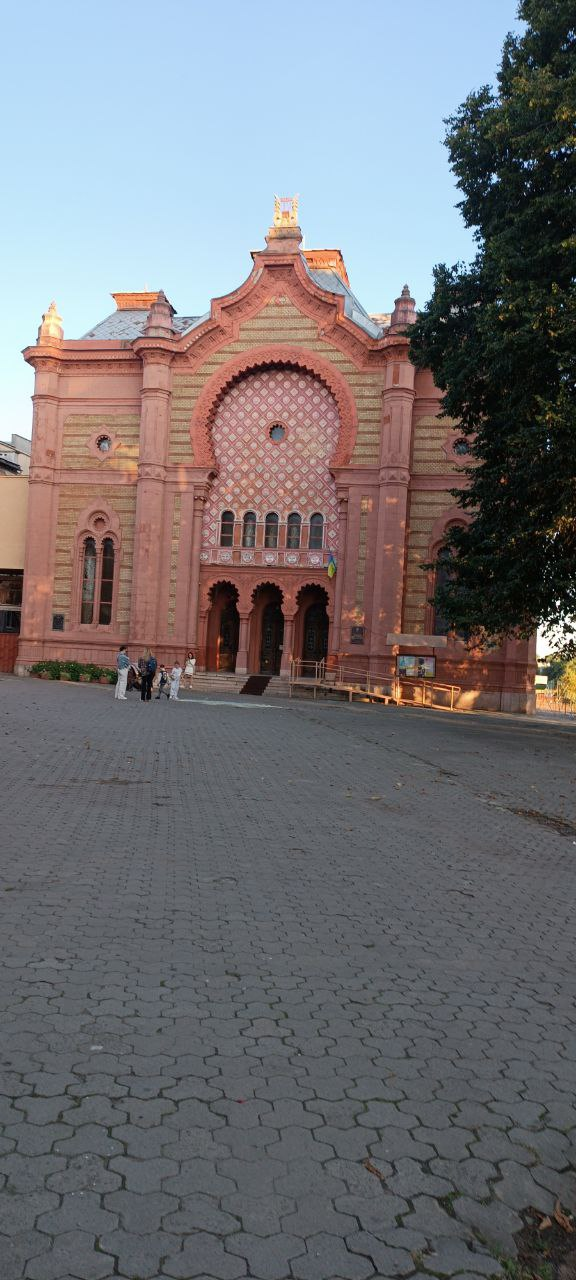
As noted on the map I shared above, you can still see that most of the city was located on the northern side. Only a small part, Petefi (seen below), remained on the southern bank. You can see the cutoff period when you walk down Schwabska Street, where the Soviet developments began.
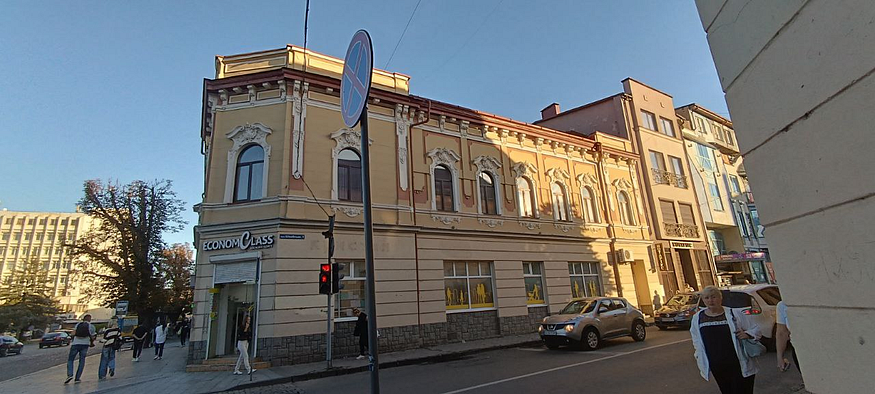
After 45, when the region was incorporated into Soviet Ukraine, the Soviets began to develop. Most of the architecture from the Soviet period seems to come from the Kruschev era and aesthetic, rather than the grand Stalinist style, and they built many apartment blocks (note the joint highest building in Uzhhorod is one 17-storey building from the Soviet era, I think 70s or 80s, and a modern shopping centre).
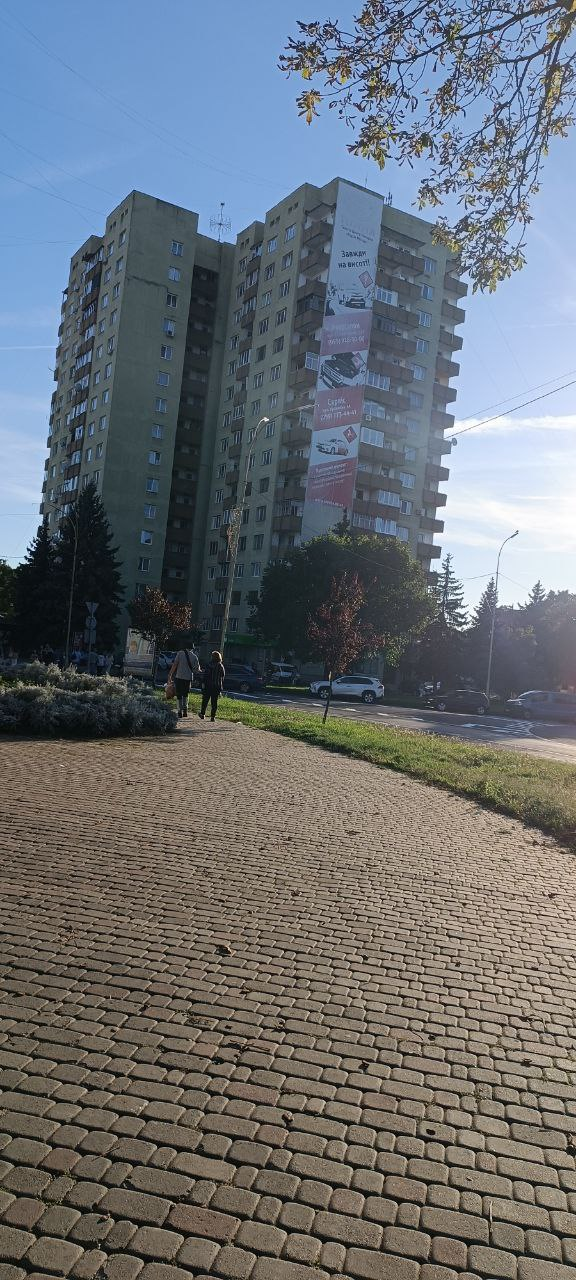
The Intourist hotel, where international tourists would stay when visiting the area, also looms over much of the city. It was a social space as well, with bars, restaurants, and through the 80s and 90s it continued to be so. These days, there is an art residency there, very basic but affordable accommodation (many refugees from other parts of Ukraine stay here long term, for example), and occasionally events.
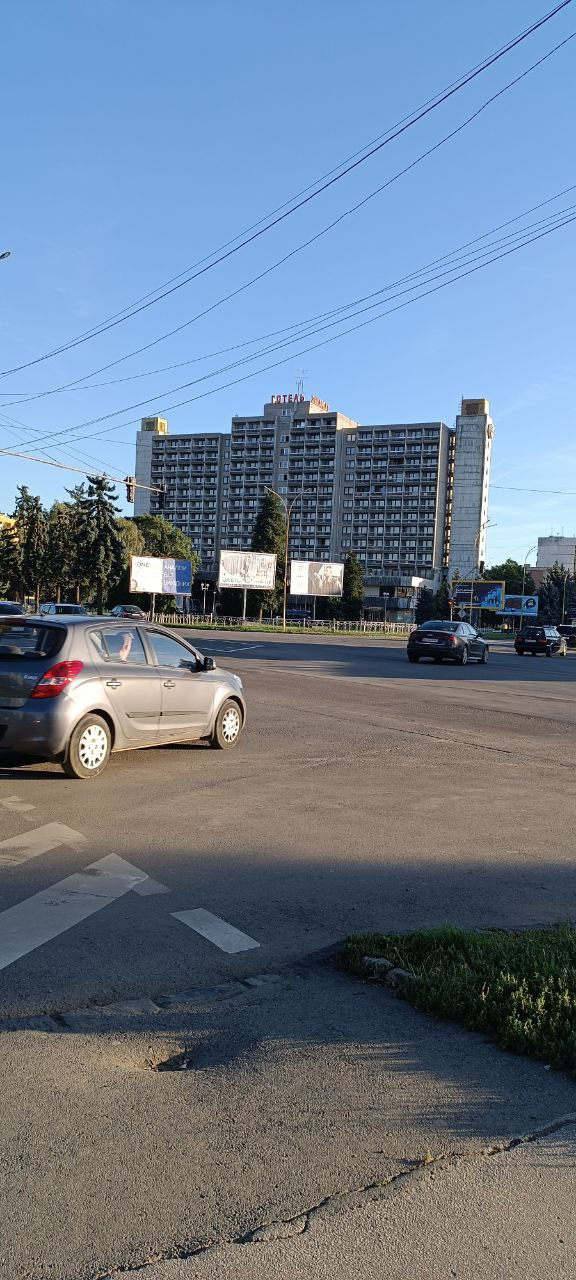
The Soviet expansion of the city rendered it more significant, building mostly (though not exclusively) on the southern side of the river, where it is very flat (in fact, it’s flat from here for a long way across the Pannonia plain).
Here are some notable soviet developments. You have the Avanhaard football stadium. Renovated in 2005.
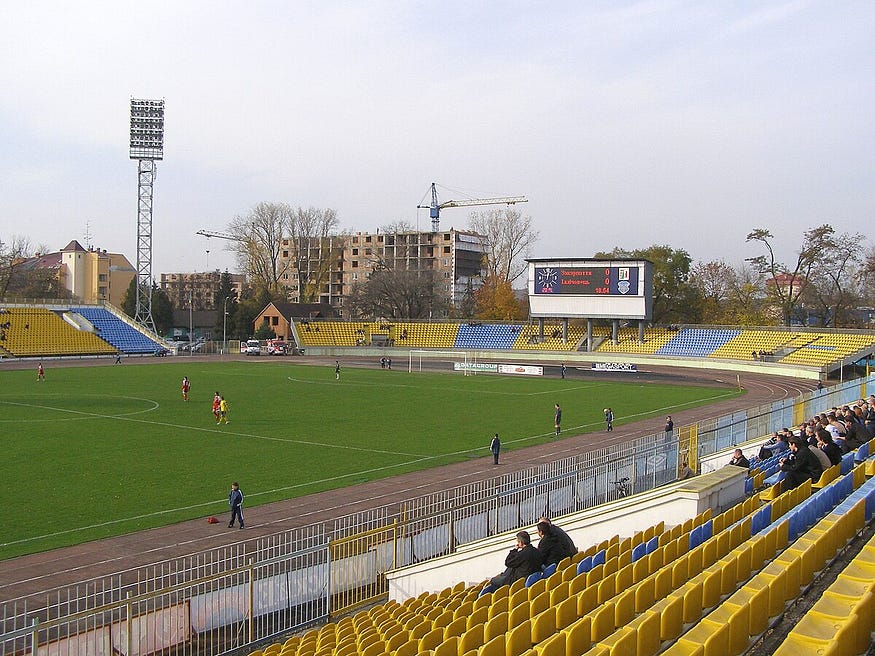
The theater
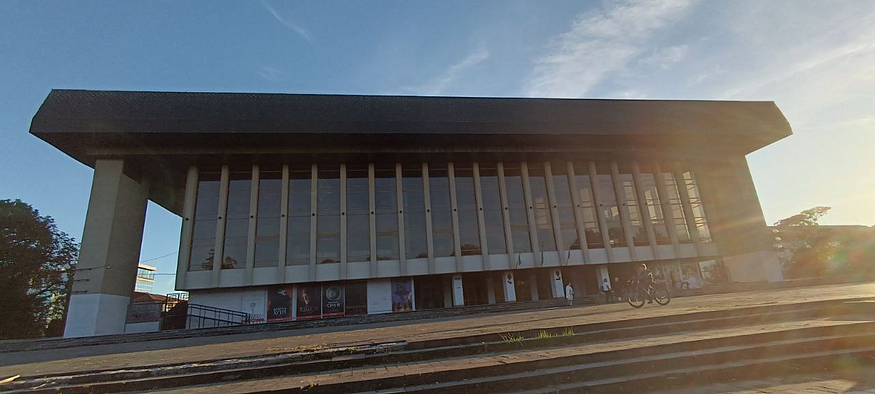
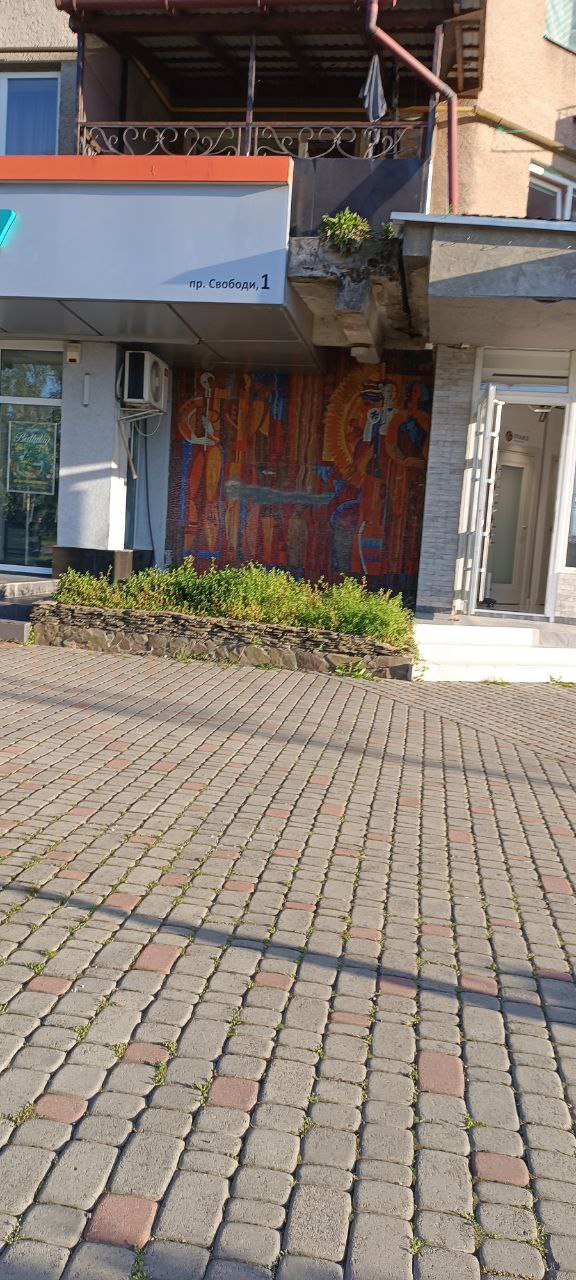
Among others.
After the collapse of the USSR, the city continued to grow with more modern accommodation, many small houses, particularly as people hustled and scraped money to build their own houses, making villages like Minaj connected to the city essentially. Home of a football team, by the way, with a very small stadium.
Other modern buildings spread, shopping centres, huge apartment complexes, which are still growing as the population booms. I personally hate the style, and the quality has a lot to be desired. There’s a part of Uzhhorod called Nova Raion (new region), which is absolutely terrible in terms of planning, as it is prone to flooding. Various newer regions are scattered around, sometimes consisting of village-style wooden houses, others more modern.
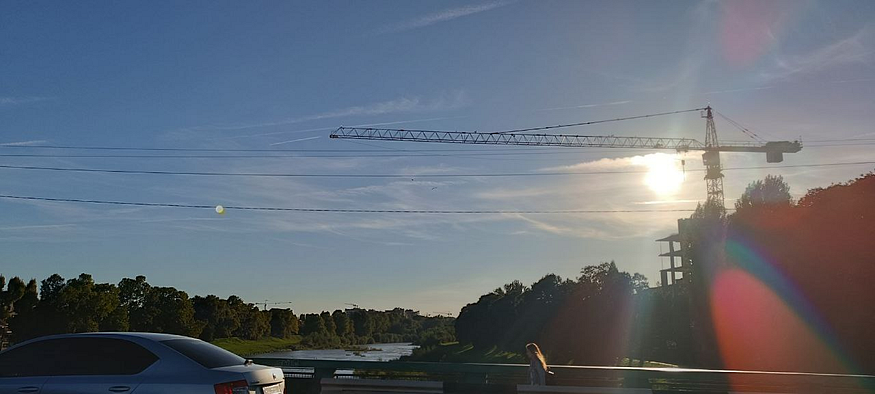
Other notable modern buildings are the rather garish Orthodox cathedral (built in the 90s) and the train station. The orthodox church was raided in 08 by the FSB for separatist activity.
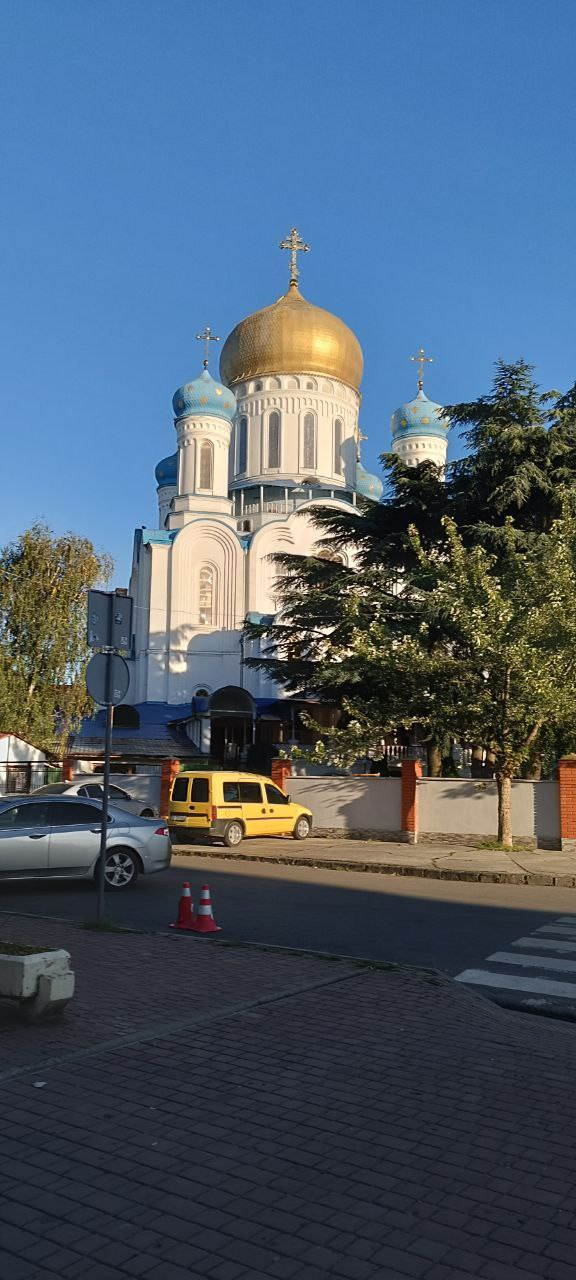
Overall, the city’s architecture and notable sites tell us the story of this city that has always been on the fringes, overlooked, and often neglected. Yet, being on the crossroads of different empires, kingdoms, and countries, it has a truly fascinating history, which is reflected in its present.
Leave a Reply